Behavioural Methods
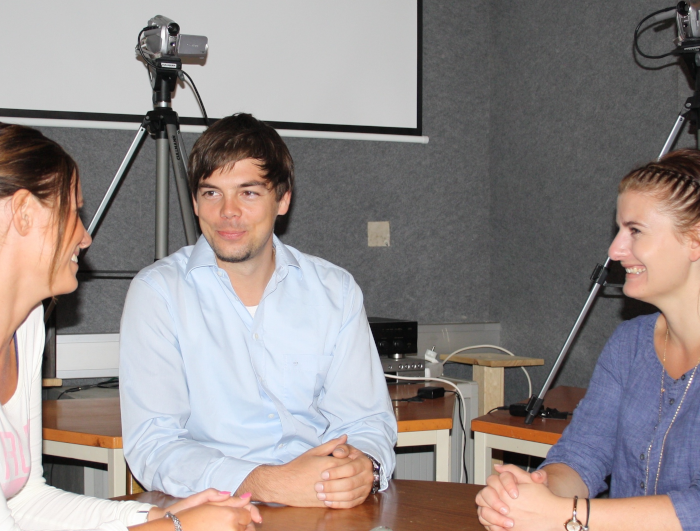
Systematic Behaviour Observation
Systematic behavior observation is a research tool permitting investigation of possible links between the recorded behavior and psychological processes. In general, behavior will be videotaped and analyzed via computers with specialized software. Akzelerometrie is another form of behavior observation in which people’s bodily activity is tracked by mobile devices (e.g., wristband). This allows the assessment of activity patterns and frequency in their daily live. The advantage of this method lies in its high ecological validity.
RoboLab
In the RoboLAB, interactions between humans and a humanoid robot are studied. Due to its ability to recognise speech and provide speech output, the robot can be used in different contexts. A wide variety of interaction scenarios can therefore be studied, which not only allow a real encounter between humans and the robot, but are also easily accessible.

Eye-Tracking
Eye-tracking is used to monitor eye movements during various tasks. The position of the eye is extracted using video images and infrared light (which is not visible to the human eye). Analysing eye movements provides a valuable description of how information is selected and processed.
Reaction Times
Computer technologies enable the measurement of reaction within milliseconds. This allows inferences on specific information processing activities. Mainly reactions in rather simple tasks (e.g., Is the dot on the left or right side?) are recorded. Due to high control in a laboratory and the specific manipulation of single parameters in the experimental tasks, this method is predominantly used to identify causal relationships.
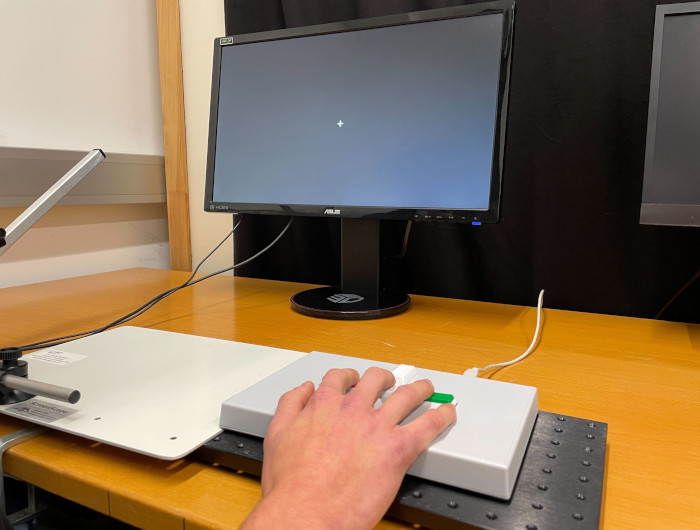
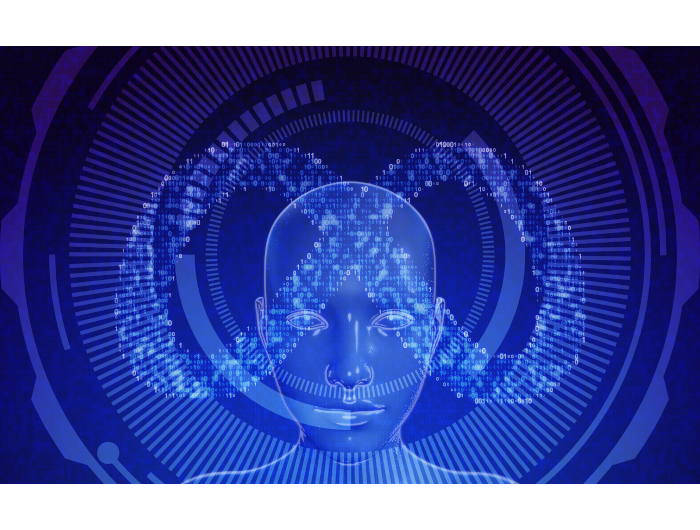
Virtual Reality
Virtual Reality can illustrate complex facts. They are used to visualize situations, and, in connection with 3D animation or interactive characters we obtain various usage scenarios. One can move through the virtual space, e.g., a town or a museum. It is also possible to move things within the virtual reality based on "real" events.
Facial Action Coding
Facial Action Coding is a technique with which visible movements of facial muscles are described in detail using photos or films and a complex coding system (Facial Action Coding System, FACS). The technique allows assessing even subtle complex emotional facial expressions. The main fields of application are the Affective Neurosciences and Emotion Psychology.
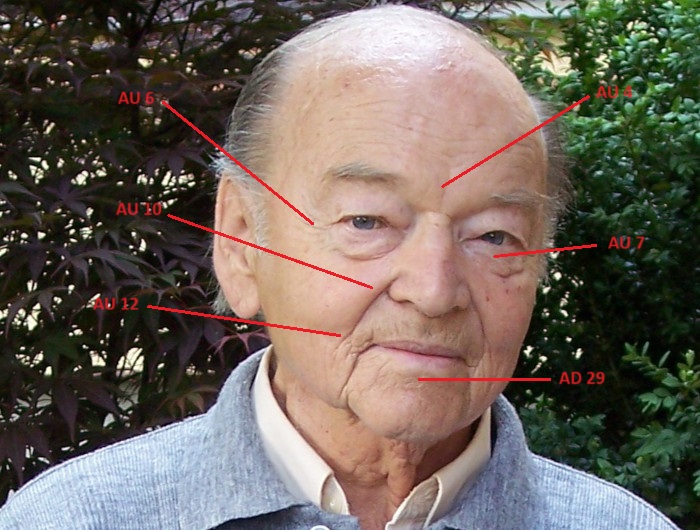
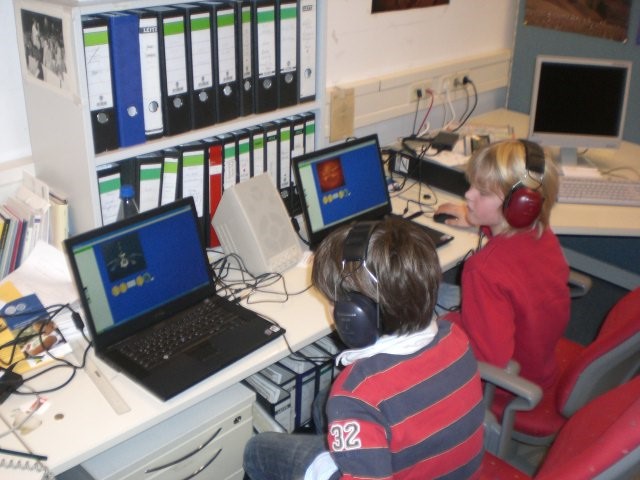
Psychoacoustics
The discipline of psychoacoustics investigates how objective acoustic events are translated into subjective auditory sensations. Individual experience plays an important role in this respect. Especially musical training enhances the sensitivity of the auditory system to discriminate subtle acoustic differences.